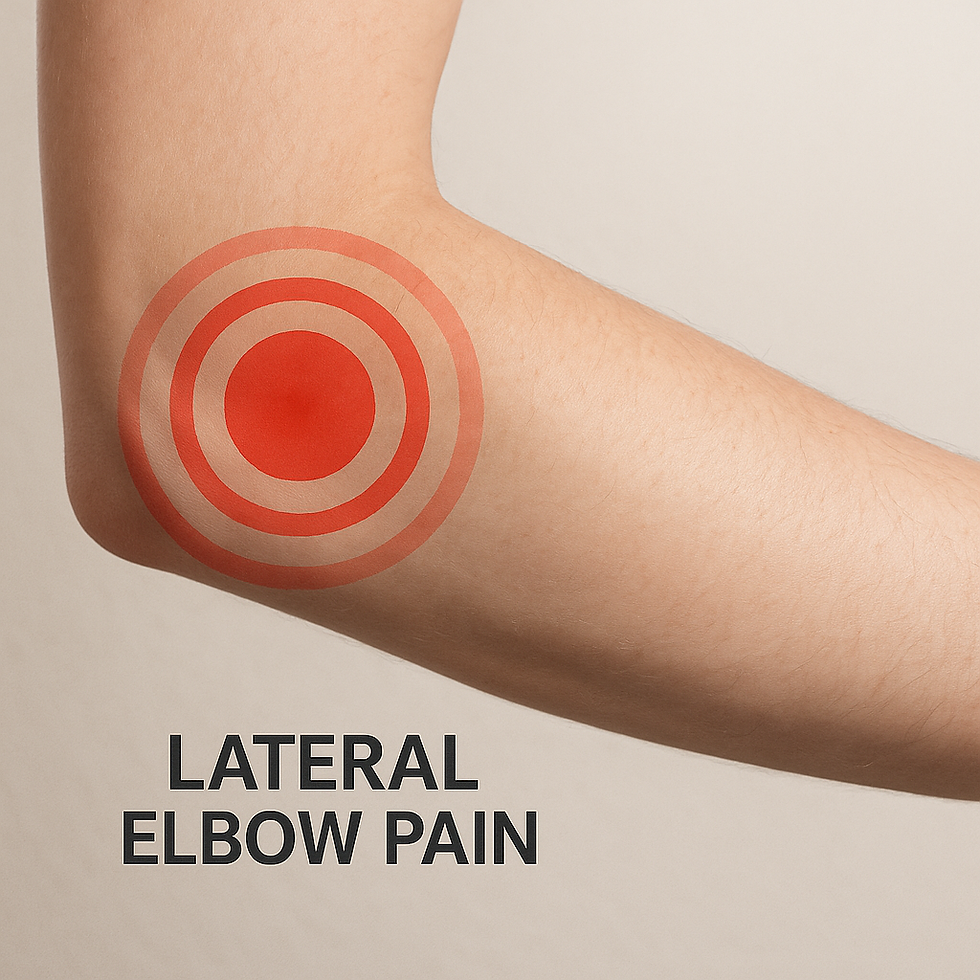CrossFit Athletes should consider the Physical Therapist as their Primary Healthcare Provider
- Will

- Mar 13, 2018
- 2 min read
Last weekend, I watched as athletes competed hard, pushing their minds and bodes to and beyond the physiologic limit as they completed 18.3. I also witnessed some cringe-worthy breakdowns in form, some of which made me regain an appreciation for how strong our bodies really are. Since then I’ve heard about torched shoulders, fried calves and a few temperamental low backs. With the 18.4 announcement 2 days away, the entire CrossFit community is looking forward to and dreading the next test that Dave Castro has created. With that being said tweaks, injuries and irritations are all part of working out. Whether you choose to run, lift weights, participate in CrossFit, Pilates, Yoga, etc. there is an inherent risk of injury. When you push the limits of your body, tissues and aerobic capacity you increase the likelihood of injuring yourself.

In my experience it has been the athletes who have been participating in CrossFit for greater than 8 months who tend to see breakdowns in their performance; skills have been developed, endurance and strength increased and a boost in enthusiasm for the community. At this point, athletes have been lifting long enough that they are not watched and corrected as closely and form becomes a frequent sacrifice for the sake of faster or more reps. Low back, hip, knee and shoulder injuries continue to crop up as the main forms of neuromusculoskeletal injury present in the CrossFit population.
In treating this athletic population, there is no healthcare provider better prepared than the Physical Therapist. Now earning a Doctorate, the Physical Therapist's education and experience includes extensive training in examination and evaluation which provides the skills necessary to recognize and address acute/overuse injuries and screen for additional issues that may necessitate a referral.
Often mishandled by the medical community, the CrossFit athlete ends up under the “care” of Physicians, Chiropractors or Physical Therapists who remain ignorant to the demands of the sport while simply handing out the rehearsed “stop doing CrossFit” mantra. Even worse
many of those same clinicians view the athletes as fantastic money makers who will be
poorly managed, remain dysfunctional and eventually require more extensive and costly treatment to return to sport.
In the event that an athlete attempts to self-treat, they are met with an overwhelming amount of treatment suggestions in all forms; books, videos, self-mobilization/stretching with bands, self-myofascial release with lacrosse balls, expensive muscle stimulators, power tool massagers, foam rollers, friends, CrossFit coaches, etc. all good things if used appropriately.

However, research has repeatedly shown that a Physical Therapist operating as the primary care provider for neuromusculoskeletal conditions is safe, cost effective and improves outcomes. The athlete could save time, money and frustration and see better outcomes working with a clinician with an extensive background in movement science, biomechanics and physiology to develop a focused plan of treatment.
I wish you luck as you continue to work through the Open.




Comments